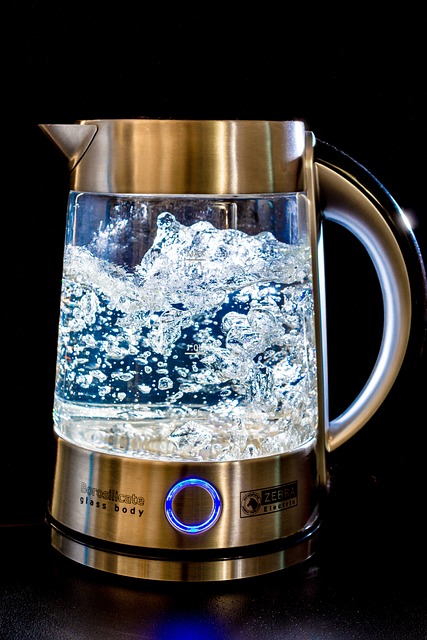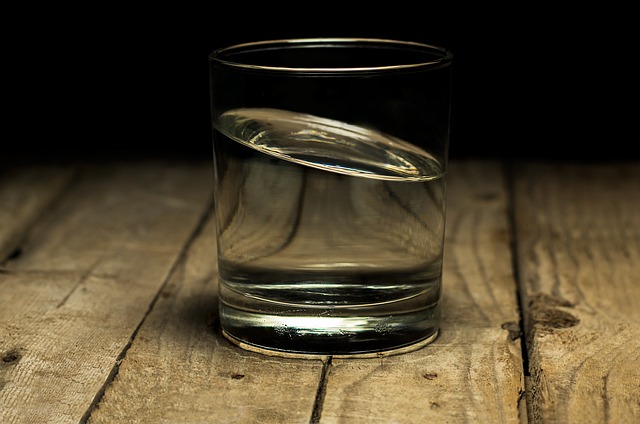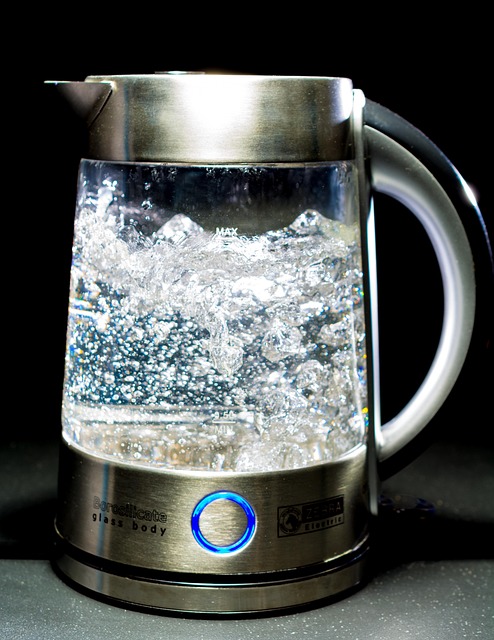Regular water heater flushing (every 3-6 months) prevents clogs, boosts energy efficiency, and extends tank lifespan by clearing sediment buildup. Prepare with essential tools, protect yourself, turn off cold water supply, catch flushed debris in a bucket, then flush the system, refill, and restart to ensure optimal Water Heater Maintenance.
Water heater flushing is an essential practice for maintaining efficient heating systems. Regular flushing removes mineral deposits and sediment buildup, ensuring optimal performance and longevity. This article will guide you through the process, highlighting why it’s crucial—from preventing damage to improving energy efficiency. Learn about the necessary tools, prepare your space, and follow a step-by-step approach to keep your water heater in top shape with minimal effort. Discover how simple maintenance can make a significant difference in your plumbing system.
- Understanding Water Heater Flushing: The Why and When
- Essential Tools and Preparations for Effective Flushing
- Step-by-Step Guide to Proper Water Heater Maintenance
Understanding Water Heater Flushing: The Why and When

Water heater flushing is an essential aspect of regular water heater maintenance, ensuring optimal performance and longevity. The process involves draining and cleaning the tank to remove sediment buildup, which can significantly impact the efficiency and safety of your water heating system. Sediment accumulation over time can lead to reduced hot water output, increased energy consumption, and even potential damage to internal components.
Knowing when to flush your water heater is crucial. It’s recommended to perform this maintenance task every 3 to 6 months, depending on factors like hard water conditions and usage frequency. Regular flushing helps prevent mineral deposits from hardening and accumulating at the bottom of the tank, where they can interfere with heat transfer and cause hot water heaters to work less efficiently.
Essential Tools and Preparations for Effective Flushing

Before beginning the flushing process, ensure you have all the essential tools and preparations in place for effective water heater maintenance. Gather a bucket, garden hose, gloves, and a cloth or rag. Protect your hands and clothing to avoid any accidental spills or damage from hot water. Additionally, turn off the cold water supply valve connected to your heater to prevent any unexpected water flow during the flushing process.
Having an empty bucket and a garden hose nearby is crucial as you’ll need to redirect the water flow. Attach one end of the hose to the drain valve on your water heater and place the bucket underneath to catch any debris or sediment that flushes out. Open the drain valve slowly, allowing the heated water to flow out until it runs clear. This step is vital for removing accumulated sediment and ensuring optimal water heater performance during maintenance.
Step-by-Step Guide to Proper Water Heater Maintenance

Proper water heater maintenance is crucial for ensuring optimal performance, extending its lifespan, and preventing costly repairs or premature replacements. Here’s a step-by-step guide to keep your water heater in top shape:
1. Turn Off the Water Supply: Before beginning any maintenance, shut off the cold water intake valve connected to your water heater. This prevents any unexpected hot water usage during the flushing process and protects you from scalding.
2. Flush the System: Connect a garden hose to the drain valve at the bottom of the water heater. Open the valve slowly to release pressure built up inside, then fully open it to allow any sediment or debris to flow out. This step is vital for removing mineral deposits and rust that can accumulate over time, improving water circulation and efficiency.
3. Refill and Restart: Once the system has been flushed clean, close the drain valve and reconnect the cold water supply. Turn on the heater and let it fill up with fresh water. After filling, turn off the heater, allowing the tank to sit for about a day before restarting it. This step ensures any remaining air bubbles are removed from the system.
Regular water heater flushing is an essential practice for maintaining optimal system performance and extending its lifespan. By eliminating sediment buildup, you ensure efficient heating and prevent potential damage. With the right tools and a simple, systematic approach, as outlined in this guide, homeowners can easily incorporate water heater maintenance into their routine upkeep, ensuring a comfortable and hot water supply for years to come.
